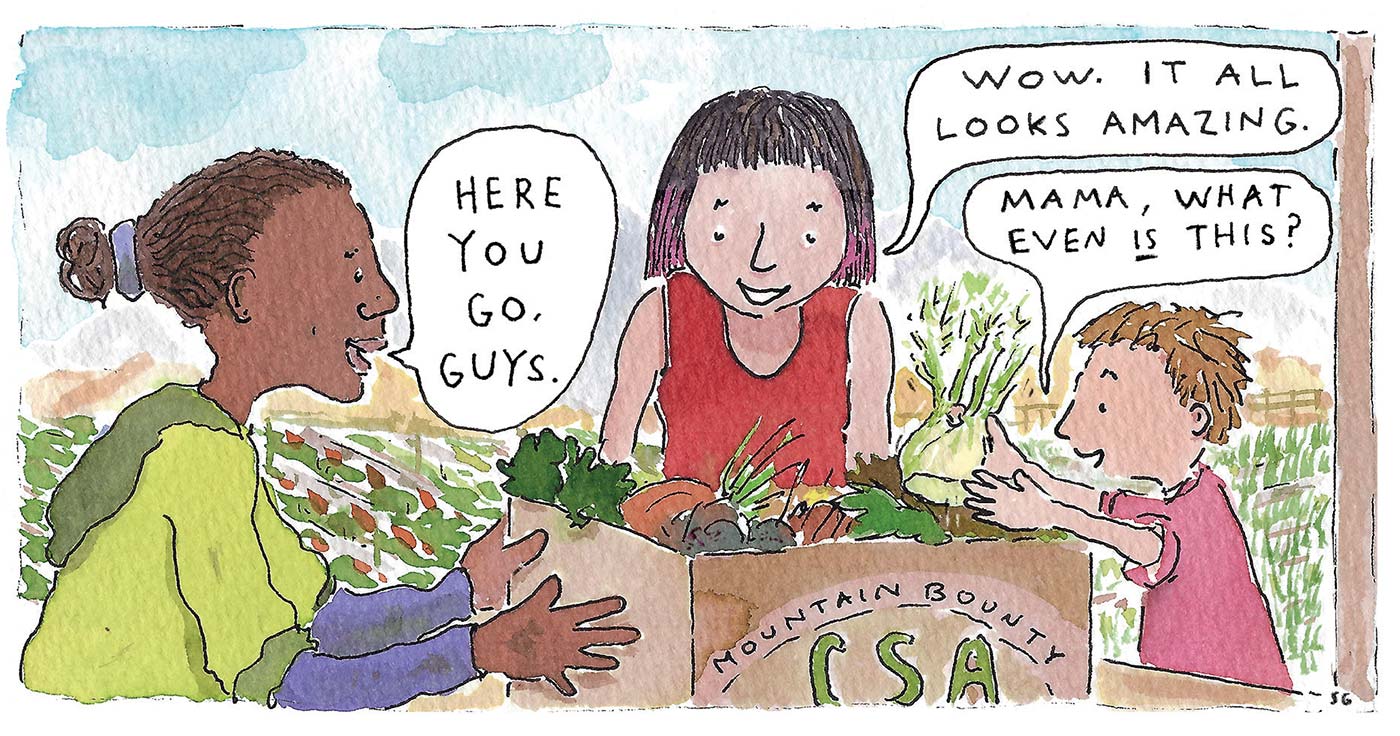Agriculture is a backbone of civilization. It was not until humans learned to cultivate plants and animals to produce food in sufficient quantity to support greater numbers of people that they began to flourish. In the centuries since, farmers, ranchers, and growers around the world have learned to produce amazing varieties of food, both plant- and animal-based, in tremendous quantities and make it available to people in distant lands—all to feed the ever-increasing population. Montana is a microcosm of the larger spheres involving agriculture and food systems.
According to the new report “Climate Change and Human Health in Montana: A Special Report of the Montana Climate Assessment,” released December 8, 2020, not only will climate change endanger our health directly, but also indirectly by threatening agriculture and disrupting food supplies. More frequent and longer heat waves will likely lower crop yields. Even in the absence of heat waves, small temperature increases can result in smaller crop yields. For example, some strains of corn have lower yields when temperatures exceed 85°F during the growing season.
Changes in precipitation patterns, with more rain in the winter and spring, combined with more frequent and longer-duration droughts during summer months, increase the risk of water shortages, including that used for irrigation, even as crops have greater water needs due to the elevated temperatures.

Higher levels of carbon dioxide in the atmosphere facilitate more growth for many plant species. However, that also results in the plants producing more carbohydrates and less protein, and leads to crops with lower levels of critical micronutrients, such as iron and zinc. For people who depend on grains such as rice and wheat for most of their food intake, as is the case in many parts of the world, those changes in nutrients can lead to malnutrition. Other studies have shown that some plants grown in higher carbon dioxide conditions are more prone to damage from pests.
As the COVID pandemic has shown, food supplies are also susceptible to disruptions at many places in their production and distribution, ranging from ranchers and farmers discarding crops because of an inability to get them processed, to empty grocery store shelves resulting from increased demand. Similar situations are likely to be more frequent in areas impacted by the anticipated upticks in floods, storms, and wildfires.
There is room for hope, though. Within the agriculture sector people are developing practices to use less water and decrease runoff that can contaminate streams with fertilizers and chemicals. Locally sourced foods, with support for growers through such mechanisms as farmers markets and community-supported agriculture harvest subscription programs, can lessen the risks of many disruptions. Home gardens—or, for urban dwellers who lack space, community gardens—add variety and resiliency.
Heightened interest in regenerative agriculture is another exciting trend. Not only can it improve the soil, but also enhance soil’s capacity for storing moisture and, equally and making it into something that is beneficial. important, sequester carbon, removing it as an air pollutant
To read the report “Climate Change and Human Health in Montana: A Special Report of the Montana Climate Assessment,” visit montanaclimate.org.

